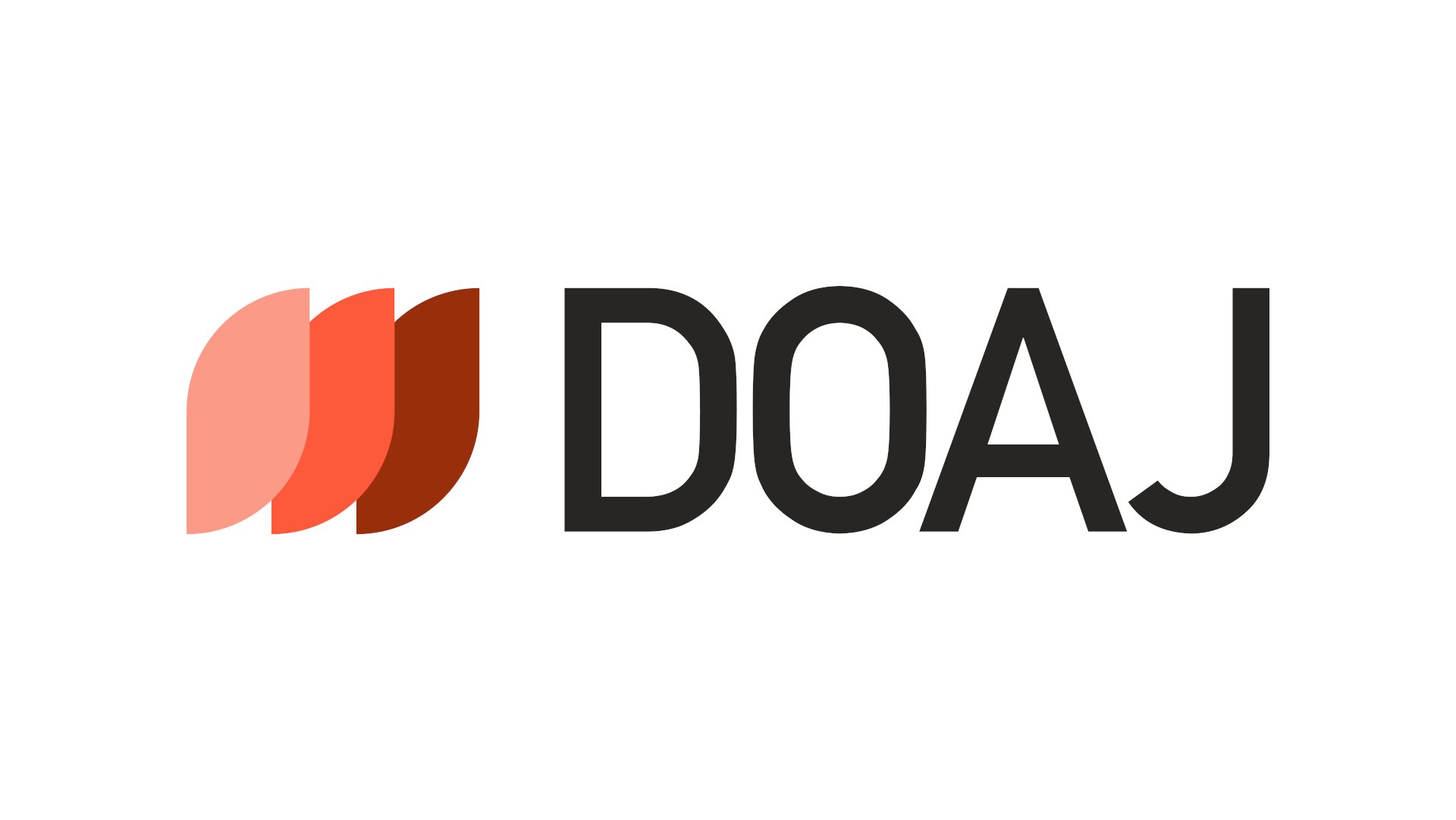Goal-Oriented Modeling of an Urban Subway Control System Using KAOS
DOI:
https://doi.org/10.33022/ijcs.v12i3.3239Keywords:
Goal Modeling, Requirements Engineering, KAOS, Semi-formal model, Software QualityAbstract
The extent to which a safety-critical system, such as an urban subway control system, accomplishes its goals is a fundamental metric of its success. Identifying and assessing these goals should thus be one of the primary tasks in safety-critical system development. The breakdown of these systems may result in the loss of human lives and assets. The failure of these systems is caused by insufficient, incomplete, ambiguous, or conflicting requirements. Non-functional requirements are also separated from requirement specifications. Goal-oriented requirements engineering methodologies, such as KAOS, are used to tackle these challenges by providing adequate, complete, unambiguous, and consistent requirements in terms of goals. As a result, the KAOS approach is utilized in this article to construct a goal-oriented model of an urban subway control system. Variability and obstacle concerns are also addressed in this study.
Downloads
Published
Issue
Section
License
Copyright (c) 2023 Lokanna Kadakolmath, Umesh D. Ramu

This work is licensed under a Creative Commons Attribution-ShareAlike 4.0 International License.





